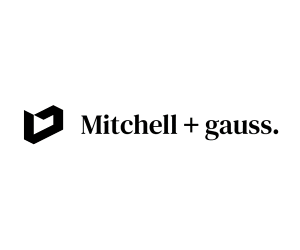RSM: Scotland’s hotels brace for post-Budget headwinds despite overall growth in 2024

Stuart McCallum
Occupancy and room rates of Scotland’s hotels has grown year-on-year, but profits dipped slightly as cost pressures started to bite, according to the RSM Hotels Tracker.
The data, which is compiled and produced by Hotstats and analysed by RSM UK, shows occupancy of Scottish hotels increased year-on-year in December to 68.5%, up from 67% in December 2023.
Average daily rates (ADR) of occupied rooms were also up in Scotland, from £127.98 to £129.54 in December year-on-year. However, gross operating profits ticked down to 27.4% in December 2024, down from 30.3% in December 2023.
Hotel payroll costs (per available room) rose year-on-year in December from £41.33 to £45.61 in Scotland. The UK saw similar upticks for the same period (£44.59 to £47.57), with costs expected to worsen after the rise in employers’ National Insurance contributions and National Minimum Wage from April.
Stuart McCallum, partner and head of consumer markets in Scotland at RSM UK, said: “Scotland’s hotel industry finished the year on a positive note, with occupancy and room rates seeing year-on-year growth in December.
“This follows the overall upward trend throughout 2024, with the cocktail of growth and demand placing Scotland on the front foot heading into 2025.
“There’s been a shift in Scotland’s approach to attracting international and UK visitors over the last 12 months, and businesses are now focusing on providing high-quality experiences – making Scotland a luxury travel destination.”
He continued: “We’ve also seen enhanced connectivity as airlines have launched direct flights to Edinburgh from the US and Dubai, encouraging further international footfall into the capital, which bodes well for tourism in 2025. But, hotels are preparing for further cost pressures following increases to payroll costs in December, alongside rises in employers’ National Insurance contributions and National Minimum Wage from April.
“There’s also the tourist tax set to be implemented in Edinburgh in July 2026, and while we’re yet to see the broader impact on Scotland, it’s likely to raise revenue to improve infrastructure and visitor experience, making it a viable proposition for future growth. We therefore expect other cities and tourist areas to jump on the bandwagon to get a slice of the pie.”
He added: “While the outlook for Scotland’s hotels sector is broadly optimistic this year, there will be some challenges on the horizon due to incoming cost increases which will squeeze margins, especially as a labour-intensive industry.
“Businesses that focus on optimisation, investment in technology and employee retention will be in a stronger position to weather the storm.”









